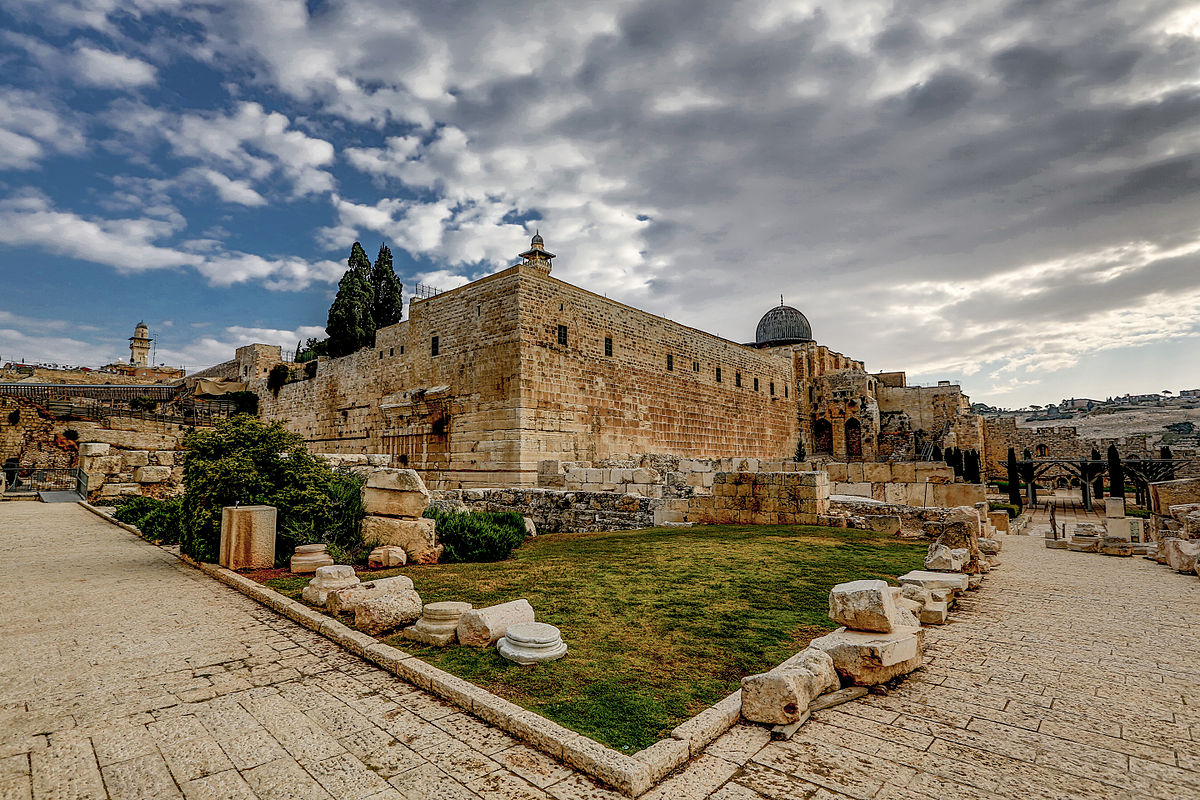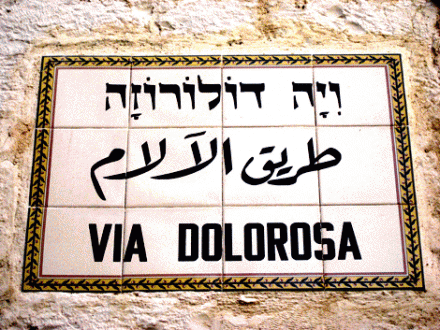Along the way:
Begin with a beautiful scenic drive from Ashdod up the Judean Hills. As you ascend into these hauntingly stark hills, you’ll be traveling along the same route used for centuries to reach Jerusalem – the capital of Israel, which is famous for its timeless beauty and was once considered the center of the world.
What you See:
♦ City of David: The story of the City of David began over 3,000 years ago, when King David left the city of Hebron for a small hilltop city known as Jebusite City, captured the city and establishing it as the unified capital of the tribes of Israel. Years later, David’s son, King Solomon, built the First Temple next to the City of David on top of Mount Moriah, the site of the binding of Isaac, and with it, this hilltop became one of the most important sites in the world.
Today, the story of the City of David continues. Deep underground, the City of David is revealing some of the most exciting archeological finds of the ancient world. While above ground, the city is a vibrant center of activity with a visitor’s center that welcomes visitors for an exciting tour to the site where much of the Bible was written.
Walk down the hill from the remains of what can be David’s Palace, along the Royal Quarter down and deep into the underground water supply system of the city, from the Canaanite period, through King Hezekiah, all the way to King Herods. Ascend from the Pool of Siloam up to the corner of the Temple Mt taking the Herodian Street, recently discovered, and now underground.
♦ Davidson Center: The newly constructed Ethan and Marla Davidson Exhibition and Virtual Reconstruction Center is situated at the entrance to the Jerusalem Archaeological Park, one of the largest, most significant archaeological sites in the country. It is some 100 meters south of the Temple Mount complex, in the recently excavated and restored underground storage complex belonging to a seventh century CE Umayyad Palace.
The new center offers the visitor an in-depth archaeological and historical introduction to the Jerusalem Archaeological Park by means of an exhibition of archaeological objects, augmented by visual, textual and audio information. One of the highlights of this modern facility is a real-time virtual reality reconstruction of the Herodian Temple Mount as it stood prior to its destruction by Roman troops in the year 70CE.
From the center you’ll visit the Southern Wall excavation, known as the Offel, ascending the stairs leading to the Temple of Herods’ time, and experience with your own eyes the signs of the destruction of the city and the Temple by the Roman in 70CE.
♦ The Jewish Quarter: Visit the Archeology sites of the Jewish Quarter: The Roman/Byzantine period, the Broad Wall from Hezekiah time, and go under the modern houses, into the excavations site of Jerusalem from the Second Temple Period, visiting the Wohl Museum of Archeology, also known as the Herodian Quarter, the largest and most important site from Second Temple times that can still be seen today in Jerusalem’s Jewish Quarter.
Your visit to this site is an unique opportunity to acquaint yourself with the glorious history of second temple period Jerusalem.
Notes:
- Wear conservative attire when visiting religious sites. Please cover shoulders and knees.
- To fully participate may require periods of walking over even and uneven surfaces. There are steps, inclines, cobblestone surfaces, and periods of standing.
- This excursion is not recommended for people with walking difficulties or with claustrophobia.
- Walking shoes are recommended together with sun protection.
- Extra cost expected for admissions – 71/57₪ per Adl/Chl






